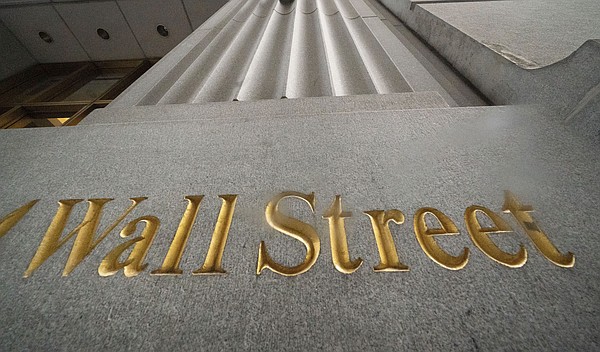Stock indices recoup some of the week’s big losses
[ad_1]
Wall Street rebounded on Friday, driven by the companies that would benefit the most from a healthier economy, but not enough to keep the stock market from its worst week since the winter.
The S&P 500 rose 49.50, or 1.15%, to 4,357.04 after another choppy trading day. It fluctuated between a loss of 0.4% and a gain of 1.6% during the day.
The Dow Jones Industrial Average climbed 482.54 points, or 1.4%, to 34,326.46, and the Nasdaq composite gained 118.12 points, or 0.8%, to 14,566.70.
Merck helped pace the market and jumped 8.4% after the drugmaker announced that its experimental pill to treat covid-19 cut hospitalizations and deaths in half.
The prospects of an additional tool to tame the pandemic have helped increase the shares of airlines, hotels and businesses affected by restrictions on travel and other activities. United Airlines climbed 7.9%, casino owner Caesars Entertainment climbed 6.4% and Live Nation Entertainment jumped 8.3%.
Power producers, finance companies and other businesses whose profits are often closely tied to the strength of the economy have also helped lead the way.
Widespread market gains were not enough to make up for the dismal final days. The S&P 500 still fell to a weekly loss of 2.2%, its worst since February. A rapid rise in interest rates earlier this week rocked the market and forced a revaluation over whether stocks had gotten too expensive, especially the more popular ones.
On Friday, the 10-year Treasury yield fell back to 1.46% from 1.52% Thursday night. This is still well above its return of 1.32% from a week and a half ago.
September was also the worst month for the S&P 500 since March 2020, when markets plunged as Covid-19 closures took hold. Among the concerns that have weighed on the market: the Federal Reserve is about to let go of the accelerator on its support to the markets, economic data has recently been mixed following a resumption in covid-19 infections, rates of Corporate taxes could rise and political unrest continues in Washington.
There is also high inflation which continues to envelop the world. Oil prices are up about 2% this week, approaching a seven-year high, while natural gas prices are up about 7%.
The Federal Reserve has said it expects high inflation to be only transient and result from the economy returning to life after its earlier shutdown. But if that’s wrong, the Fed may have to raise interest rates earlier or more aggressively than it telegraphed to the markets.
Economic reports were mixed on Friday. The country’s manufacturing sector grew faster than expected last month, but an August reading for the Federal Reserve’s preferred measure of inflation was a bit higher than expected. They follow a disappointing report Thursday showing more people have applied for unemployment benefits than expected.
Data like this means that “you hear the word ‘stagflation’ pop up every now and then, which would be the worst outcome,” said Rich Weiss, chief investment officer for multi-asset strategies at American Century Investments.
Stagflation is when economic growth stalls but inflation remains high. Weiss doesn’t expect that to happen, until the pandemic causes more global shutdowns, but he also doesn’t position his investments as though he’s optimistic about big future gains for stocks.
“We are not swinging on the pitch right now,” he said. “We are neutral.”
Information for this article was provided by Elaine Kurtenbach of The Associated Press.
[ad_2]

